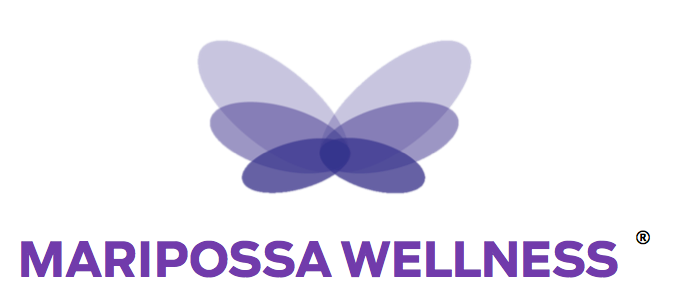Mindfulness At Work
Practicing mindfulness at work can easily be in integrated into your your daily work routine. Creating space for mindfulness in your workday does not require anything out of the ordinary nor using items that are not readily available to you.
Research has shown that mindfulness is beneficial for lowering stress, improving memory function and the ability to focus and make decisions. Implementing a few simple mindfulness techniques can yield great health benefits.
What Is Mindfulness?
In laymen’s terms mindfulness means the quality or state of being conscious or aware of something. In reality, it encompasses so much more. According to a Berkley article,
“Mindfulness means maintaining a moment-by-moment awareness of our thoughts, feelings, bodily sensations, and surrounding environment, through a gentle, nurturing lens.”
It is essentially about being aware of how you’re feeling while taking small amounts of time to adjust and recharge.
Benefits
Exercising mindfulness on a daily basis has been shown to generate substantial physical, mental and emotional health benefits.
Greater Grey Matter
Mindfulness produces greater mass of grey matter in the parts of the brain that are “linked to learning, memory, emotion regulation and empathy.”
Increased Resilience
Evidence has suggested that mindfulness increases one’s ability to recover more efficiently from difficulties. The Berkley article also shares insight on mindfulness being especially helpful for those in the “medical field, veterans facing post-traumatic stress disorder, police officers, and caregivers.”
Better Business
Mindfulness can strengthen leadership skills by cultivating laser like focus, increasing creativity and confidence as well as helping to improve client satisfaction.
Incorporating Mindfulness
Simple things like Mindful movements specifically suited to sitting at desks and two-minute walk breaks can completely change your workflow from stagnant & stressful to productive and more easily manageable.
Mindful Movements
Fear not, there is no need to change your clothes or worry about finding space to do crazy stretch poses only to have your co-workers wonder whether you’ve gone off your rocker. According to Yoga Journal,
Gentle physical movements like shoulder rolls, chair twists, chest and neck stretches can help to relieve tension and lower stress levels.
Practicing Mindful movements at work has the added bonus of serving as protection from cognitive decline. A scientific study has been shown that long-term consistent practice thickens the cerebral cortex.
Using two-minute mindful walks outside or around the office counts as mindful meditation.
According to a New York Times article “Why Sitting May Be Bad for Your Brain” studies have shown that sitting for prolonged periods of time can reduce blood flow to the brain.
“Short-term drops in brain blood flow can temporarily cloud thinking and memory, while longer-term declines are linked to higher risks for some neurodegenerative diseases, including dementia.”
Working in thirty-minute intervals with quick two-minute walk breaks in between can serve as a daily movement practice and increase blood flow back into the brain.
The key to taking mindful walk breaks is focusing on the movement of your body with each step you take, being present and feeling your feet touching and leaving the ground. In a Berkley article on mindfulness, “walking back and forth along a path 10 paces long” can serve you best, but these walks can be practiced anywhere and along any path. Using “an everyday activity we usually take for granted,” these short walks can really help to refocus our energy and re-center our minds on the most important tasks for the day.
Regularly maintaining mindfulness throughout the day with these simple practices can create a more healthy and productive workflow. If you choose to practice these techniques on a daily basis your work, mind and body will thank you.



